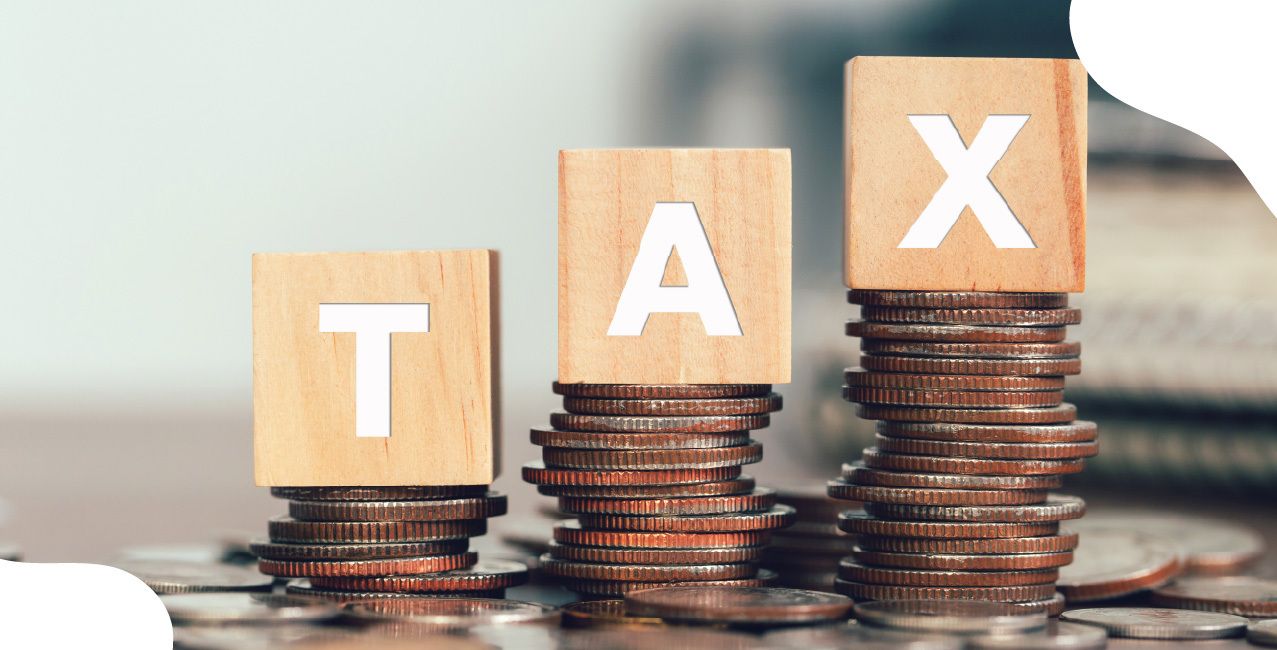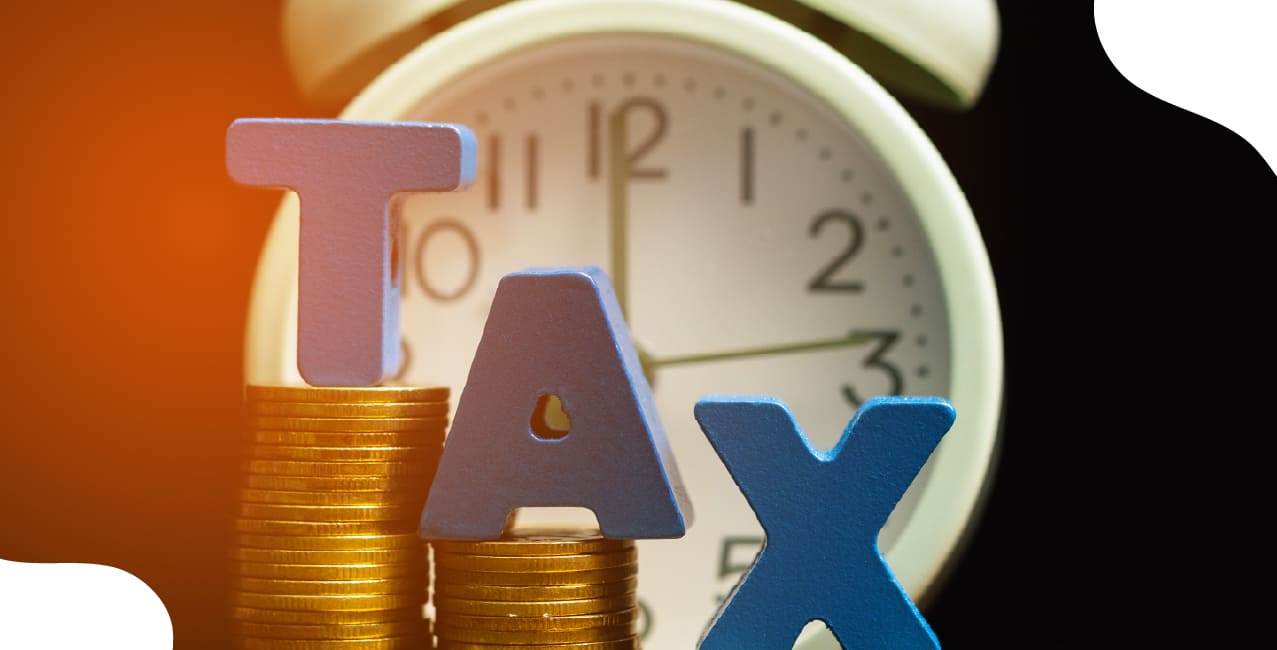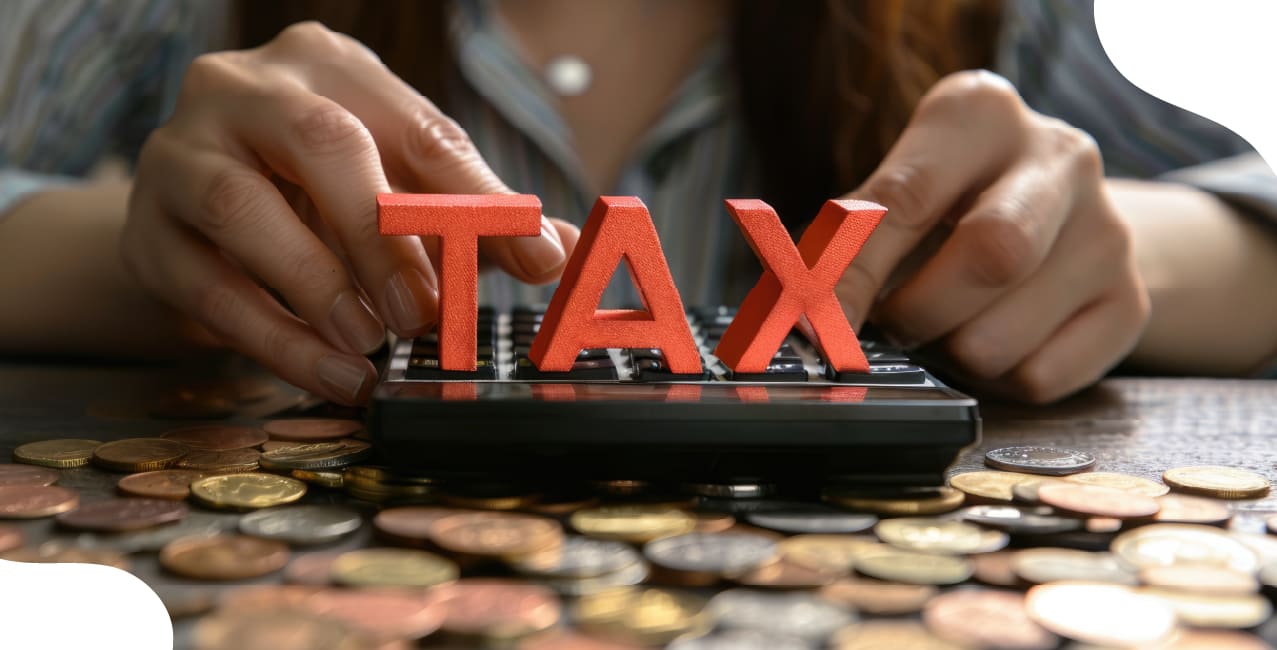Income Tax is money people pay to the government. The government uses this money for public services and development. People pay income tax on their yearly earnings. The tax amount depends on how much money they earn.
Example: Priya earns ₹8,00,000 per year from her job. Under the new tax regime, she gets a standard deduction of ₹75,000.
- Gross Income: ₹8,00,000
- Less: Standard Deduction: ₹75,000
- Taxable Income: ₹7,25,000.
Tax Calculation by Slabs (FY 2025–26):
Here are the current tax rates for different income levels under the new regime:
These slabs ensure people with higher incomes contribute more to government revenue.
Important Clarification:
The rebate under Section 87A has been increased to ₹60,000 for taxable incomes up to ₹12,00,000. This does not mean all income up to ₹12,00,000 is automatically tax-free. It only covers the actual tax liability up to ₹60,000. If someone’s tax liability is more than ₹60,000, they must pay the extra amount, even if their income is below ₹12,00,000.
This comprehensive guide will walk you through everything you need to know about income tax
1. Understanding Income Tax Basics and Purpose
Income tax is a direct tax on people's earnings. The government collects this tax from salaries, business profits, and investments. This money funds public services like education and healthcare. Everyone earning above a certain limit must pay tax.
The tax system follows a progressive structure. Higher earners pay a higher tax percentage than lower earners. This ensures fair distribution of the tax burden. The government uses tax money for national development projects.
Example: Ramesh works as a teacher and earns ₹6,00,000 yearly. His wife Sunita runs a small business earning ₹4,00,000. Both must pay income tax on their earnings. Ramesh pays no tax as his income is below ₹12,00,000. Sunita also pays no tax due to rebate provisions.
This table breaks down the family's combined income and tax calculations:
Both family members benefit from the new regime's rebate provisions.
Income tax creates equality in society. Rich people contribute more to national development. This system helps reduce income inequality effectively.
2. Income Tax Slabs and Rate Structure
Income tax slabs divide earnings into different tax brackets. Each bracket has a specific tax rate. People pay different rates on different portions of their income. The 2025 budget increased exemption limits significantly.
The new tax regime offers better benefits for most taxpayers. Basic exemption increased from ₹3,00,000 to ₹4,00,000. Rebate limit increased from ₹7,00,000 to ₹12,00,000. People earning up to ₹12,00,000 pay zero tax under the new regime, provided they don't claim additional deductions beyond the standard deduction that might affect their rebate eligibility under Section 87A.
Example: Kavita earns ₹15,00,000 per year as a software engineer. Under the new 2025 tax regime, she calculates her tax using the current slabs. She pays no tax on the first ₹4,00,000. She pays 5% on the next ₹3,00,000 and 10% on the following ₹3,00,000. The remaining ₹5,00,000 attracts higher tax rates.
Kavita's tax calculation shows how higher earners pay across multiple slabs:
Even high earners benefit from the zero-tax slabs on their initial income.
Tax slabs encourage people to earn more money. Progressive rates ensure fair taxation across income levels.
Tax slabs help people earn more money without fear. The government taxes different parts of your income at different rates under the new regime. You never pay the highest rate on all your money. For example, if you earn ₹8,00,000 under the new regime, the government takes nothing from your first ₹3,00,000. It takes 5% from the next ₹4,00,000 and 10% from the last ₹1,00,000. This system makes rich people pay more whilst keeping taxes fair for everyone.
3. Income Tax Calculation Methods and Examples
Income tax calculation involves several steps and components. First, calculate total income from all sources. Then subtract allowed deductions and exemptions. Apply tax rates on the remaining taxable income.
Different income sources have different calculation methods. Salary income follows standard deduction rules. Business income allows more deduction options. Investment income has special tax treatment.
Example: Amit owns a restaurant and earns ₹18,00,000 annually. He has business expenses of ₹5,00,000. His net business income becomes ₹13,00,000. He also earns ₹50,000 from fixed deposits. Under the new regime, he gets a ₹50,000 standard deduction. After applying the ₹50,000 standard deduction to his gross total income of ₹13,50,000, his final taxable income becomes ₹13,00,000.
Amit's business income calculation includes both revenue and expenses:
Business owners can deduct legitimate expenses before calculating their final tax.
Proper calculation helps avoid tax penalties. Professional help ensures accurate tax computation.
4. Deductions and Exemptions Available
Income tax law provides various deductions and exemptions. The new regime offers lower tax rates but limited deductions, while the old regime allows multiple deductions like Section 80C and medical insurance. Calculate tax under both regimes to choose the better option.
Standard deduction of ₹50,000 applies to salary income in both regimes. The enhanced Section 87A rebate provides up to ₹60,000 relief for incomes up to ₹12,00,000. Family pension gets ₹15,000 deduction, and education loan interest qualifies for full deduction under the old regime only.
Example: Neha earns a ₹9,00,000 salary annually. Under the old regime, she claims ₹2,25,000 total deductions (₹50,000 standard + ₹1,50,000 Section 80C + ₹25,000 medical insurance), making taxable income ₹6,75,000. Under the new regime, she gets only ₹50,000 standard deduction, making her taxable income ₹8,50,000. She chooses the new regime because lower tax rates and enhanced rebates result in zero tax liability.
This comparison helps Neha choose the better tax regime for her situation:
The new regime often benefits middle-income earners despite fewer deductions.
Smart planning helps maximise benefits. The new regime favours middle-income earners with lower effective tax rates despite fewer deductions.
5. Income Tax Filing Process and Deadlines
Income tax filing requires submitting annual tax returns. The process involves filling out forms with income details. People must file returns by specific deadlines. Late filing attracts penalty charges from the tax department.
Online filing makes the process easier and faster. Digital signatures authenticate electronic returns. Tax refunds come directly to bank accounts. Most people can file returns without professional help.
Example: Rajesh must file his tax return by July 31st. He earns a ₹7,50,000 salary and pays no tax due to the new regime benefits. His employer deducted ₹15,000 as advance tax. He expects a ₹15,000 refund from the government. He uses an online portal to file a return. The process takes 30 minutes to complete.
Rajesh's filing process shows the typical steps for online tax submission:
Online filing makes tax submission quick and ensures faster refunds.
Timely filing avoids penalties and legal issues. Regular filing builds a good tax compliance record. Taxpayers must choose the appropriate ITR form based on their income sources: ITR-1 for salary earners, ITR-2 for those with capital gains or multiple properties, ITR-3 for business owners, and ITR-4 for presumptive taxation schemes. Regular filing with the correct form ensures proper documentation and maintains good standing with tax authorities.
Conclusion
Income tax supports India's development through citizen contributions. The 2025 budget benefits middle-class taxpayers significantly. People earning up to ₹12,00,000 pay zero tax under the new regime.
Online filing makes tax submission simple and quick. Proper planning helps choose the right tax regime. Timely filing avoids penalties and ensures smooth refunds.
FAQs
Q1: How much money can I earn before the taxman comes knocking at my door?
You can earn up to ₹4,00,000 without paying a single rupee in tax under the new regime.
Q2: Will my salary of ₹11,00,000 leave me broke after paying taxes?
Yes, taxable income of ₹10,25,000 after standard deduction qualifies for full rebate under Section 87A, so tax = 0.
Q3: When does the government expect me to submit my tax paperwork?
The deadline falls on 31st July for most individual taxpayers across the country.
Q4: Can I pick and choose which tax system favours my wallet more?
Yes, you can select whichever regime saves you more money between old and new systems.
Q5: What penalty awaits me if I miss the tax filing deadline?
The government will impose penalty charges that increase your overall tax burden significantly.
Other Related Pages | |||




_of_Income_Tax_Act.jpg)
